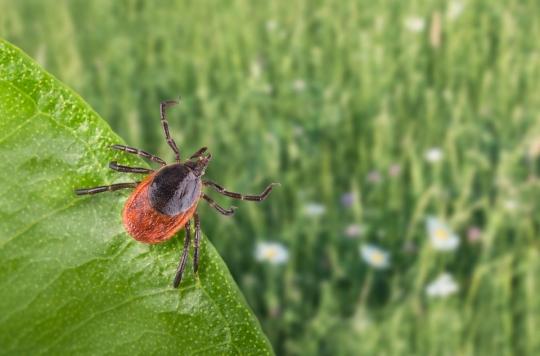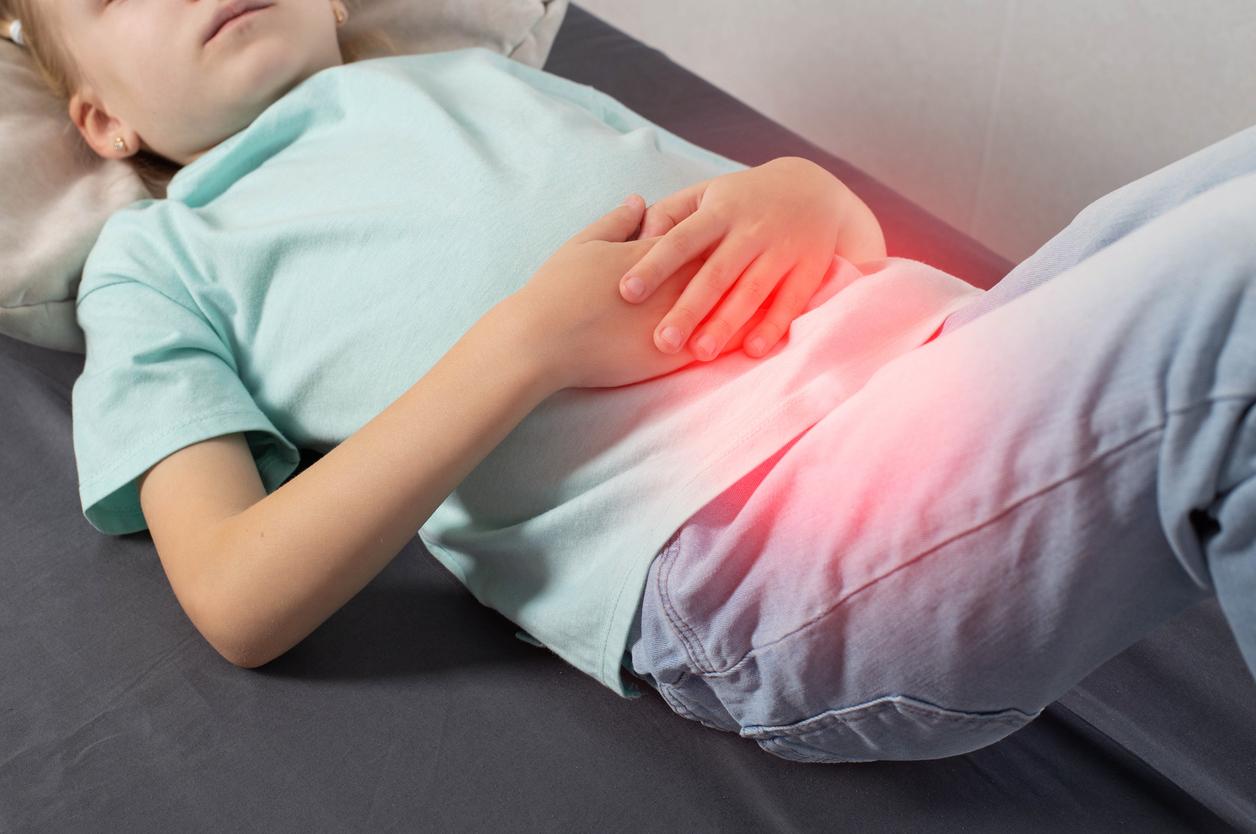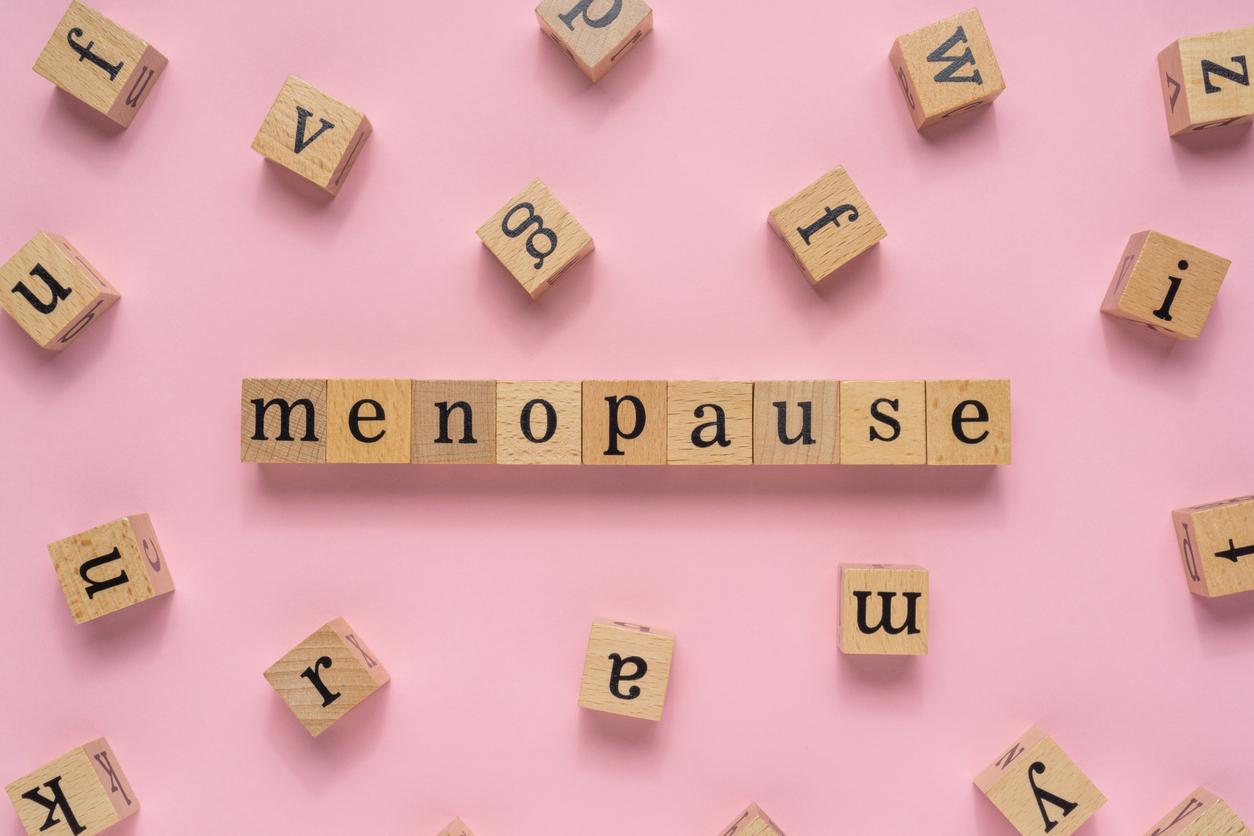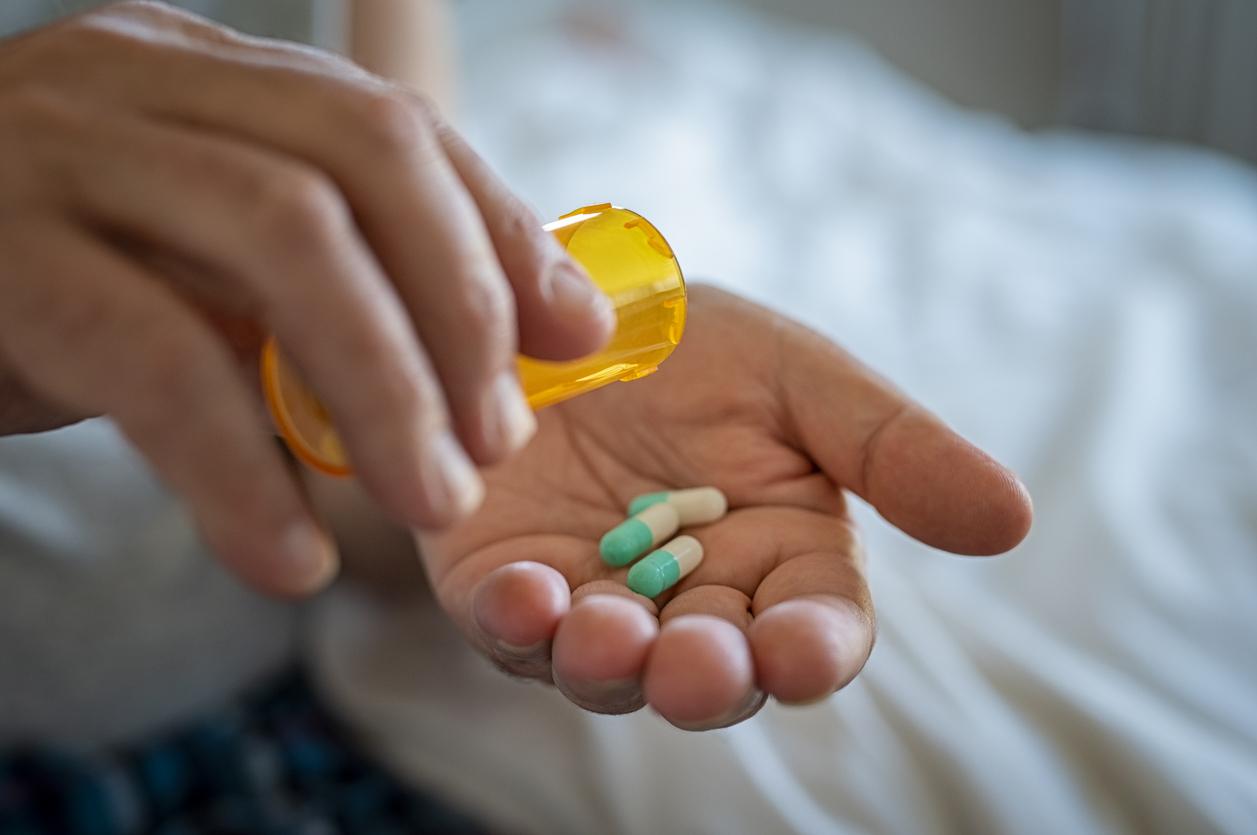Lyme disease post-treatment syndrome (MLSPS) has been associated with chronic brain inflammation in some patients. This is the first time that proof has been provided in this sense.

More than one in ten people successfully treated with antibiotics for Lyme disease develop chronic symptoms afterwards, sometimes debilitating and poorly understood. This is referred to as fatigue, pain, or problems with memory and concentration, which can last for years after the initial infection has subsided, and is defined as “Post-Lyme Disease Treatment Syndrome (PMSTS) “.
Widespread inflammation throughout the brain
Thanks to a new type of brain scan, researchers have just demonstrated that 12 people with post-treatment Lyme disease syndrome all have chronic inflammation of the brain. The patients were compared with 19 healthy controls.
“The scientific literature had already assumed that patients with MLPTS had chronic inflammation somewhere, but until now we weren’t able to probe the brain to verify this,” says Professor Jennifer Coughlin. Associate of Psychiatry and Behavioral Sciences (Johns Hopkins University School of Medicine), also author of the study. “We thought certain regions of the brain would be more vulnerable to inflammation and would be selectively affected, but it seems to be widespread inflammation throughout the brain,” she adds.
tick bite
These results suggest that drugs designed to curb neuroinflammation may be able to cure MLPTS, although clinical trials are needed first to determine the safety and benefits of such treatment.
Lyme disease is an infectious disease, secondary to the transmission of bacteria during a tick bite. The French authorities recognize around 30,000 new cases each year. The average prevalence has been estimated at 43 cases per 100,000 inhabitants since 2009. For comparison, it was 16.5 cases per 100,000 people between 1999 and 2000 and 9.4 cases per 100,000 people from 1988 to 1989, according to French Public Health. In 2016, the estimated annual incidence rate also increased compared to 2015, from 51 cases/100,000 to 84 cases/100,000.
30 days after the bite
Lyme disease can appear within 30 days after the bite, first as a round, red patch that extends in a circle (erythema migrans) from the bite area. The lesion of the skin can be accompanied by muscle and joint pain, or fever. With early treatment, it disappears in a few weeks to a few months. The symptoms are multiple: joint pain, tremors, neurological disorders, memory loss or depression.

.















